Hand-blown glass sculptures have enjoyed a long tradition of being admired for their intricate patterns, vivid colours, and the adept skills required to make them. However, an untenable tendency has developed over the years with respect to blown glass items being viewed as mere tourist trinkets, rather than priceless and couth works of art. To change this perception of glass sculptures, Italian designer Lucia Massari crafted the Animalier collection for the 'Gen D' project by Dolce & Gabbana Casa, curated by Federica Sala. The sculptural collection comprises ten hand-blown Murano glass vases, whose forms cite inspiration from the vibrant windows of Venetian stores. “In the shop windows of Venetian stores, there is a massive presence of glass animals. In the past, master glassmakers used refined execution techniques to produce these animals, creating works of such quality that they merged with sculptural production and the figurative culture of the time. In the creation of these animals, each master left a particularly evident trace of their own personal style,” Massari explains. Over time, however, all ties to this artistic side seem to have been severed, and the objects are designed without keeping Venetian history in context. In lieu, the Animalier collection transcends glass animals, from objects of little value into renewed creatures.
"In the history of Murano glass, animals have been a great source of inspiration for the great masters, a subject worthy of technical and formal experimentation. However, with the rise in mass tourism, the glass animal has become associated with cheap souvenirs of dubious quality, provenance and taste at times. With this project, I used all the animals that inhabit the windows of souvenir shops to elevate the glass that with time has unfortunately become a sort of visual junk," says Massari.
Crafted by a master lampworker, the glass art pieces are heated and collected by the master of the furnace in a molten blob of glass. The miniature glass creatures are placed inside this mass, causing them to be twisted and moulded after being modified and blown. In using this technique, the vase is transformed into a zoo, or a fantastic bestiary made of creatures that were intentionally malformed during the material's manufacture. Moreover, three-dimensional objects are reduced to two-dimensional embellishments, patterns, or loops, wrapping around the collection of blown vases. “In the Animalier collection, it is the material that decides and creates its own covering,” relays Massari, elaborating on the materiality of glass fusing with itself.
The Italian product designer born in Venice views this project (made in collaboration with Fornace Mian, Murano & Bubacco Bros) as a means to dress a vase, as one would with a piece of clothing. “Animalier is, in fact, a pattern that turns out different every time—unique—where the material itself decides and creates its own coating, deforming in unexpected and different ways, always. The idea is to take three-dimensional objects and transform them into a two-dimensional decoration, as a recurring motif, a continuous cycle,” the designer explains. She also describes the essence of the Murano vases as a taste of pop culture with a blend of tradition. “These are points of convergence. Additionally, I believe that when working with decorations and colours, it makes no sense to hold back or be frugal, but rather, be the opposite: going all out with them,” Massari continues.
After the pandemic, Massari faced challenges in executing this project as several furnaces on the Murano islands shut down. This was when Dolce & Gabbana stepped in to support the opening of one furnace, commencing a collaboration that was crucial not only for the production of the pieces but also for the sustenance of the furnace itself. “The project had been in my mind for a long time, but I needed a patron, and in Dolce & Gabbana, I found the best patron who opened doors and made even difficult dialogues with artisans possible,” comments Massari, on collaborating with the Italian luxury fashion brand for the Animalier vase collection.
Many anecdotes were related to the production of the product designs—“In the Venetian glass tradition, the skill of the master lies in mastering the material, as in the making of murrine vases, avoiding deformation inside the vessel. Therefore, it took some time to understand how to achieve accentuated deformation of the animals and make it an intentionally desired effect,” shares Massari. No two hand-blown glass vases are identical, making each, a distinctive work of art. These Murano glass vases are diverse due to the adaptability of the employed material. “Glass, as a material, holds a special connection for me. It possesses a will of its own, which can be intrusive and tenacious. This characteristic is something I greatly appreciate, and I always strive to ensure that glass plays a significant role in the final artwork,” she adds.
With the sculptural collection, the creators strive to preserve the rich and generous legacy of Murano glass, which not only revives the art form but also aided in the maintenance and revival of historic glass furnaces. In order to bridge the gap between traditional and modern design, Lucia Massari and Dolce & Gabbana shared a passion to transform glass into a form of intentional artistic expression.
Text by Ria Jha






 Sign in with email
Sign in with email


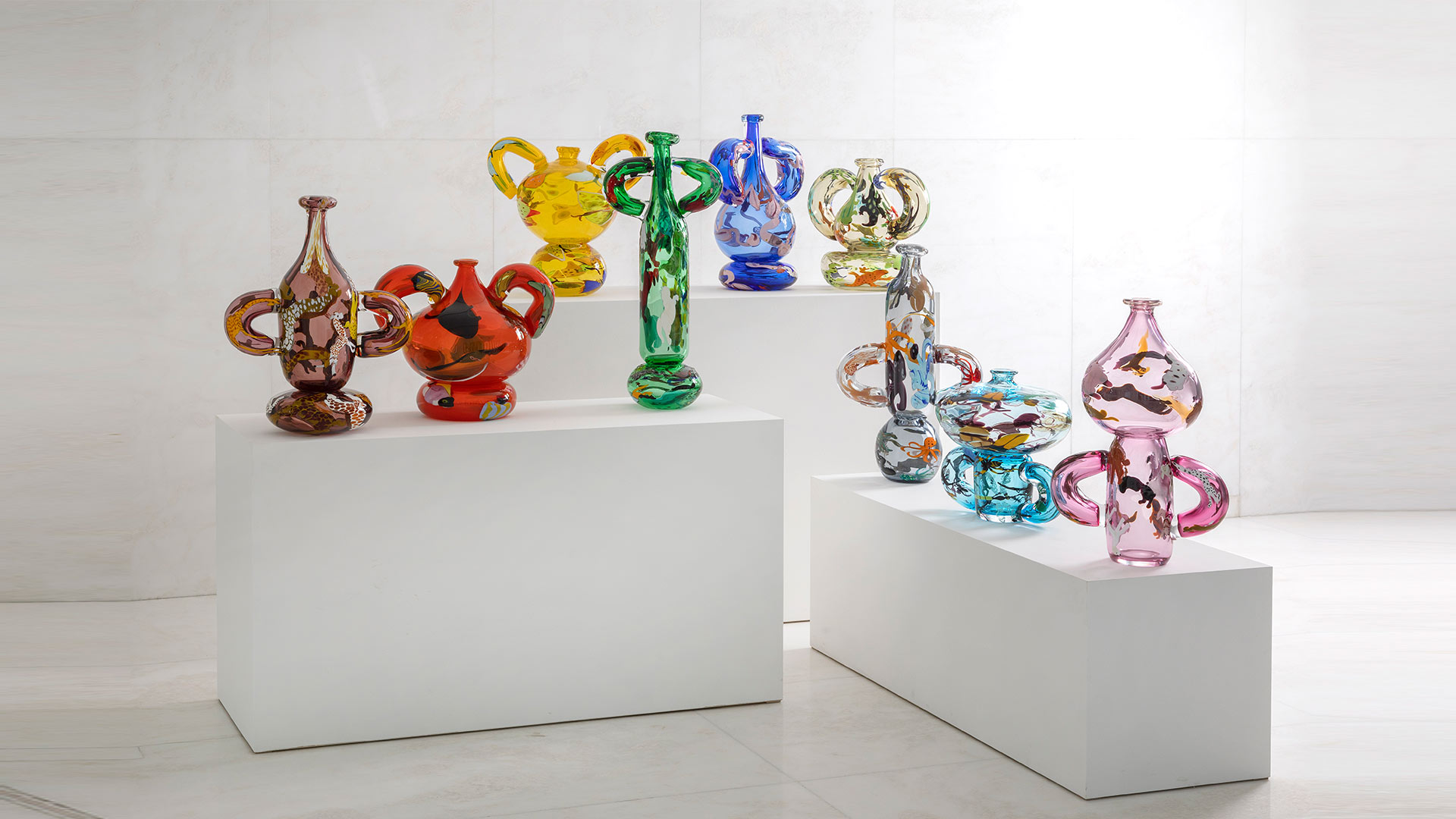
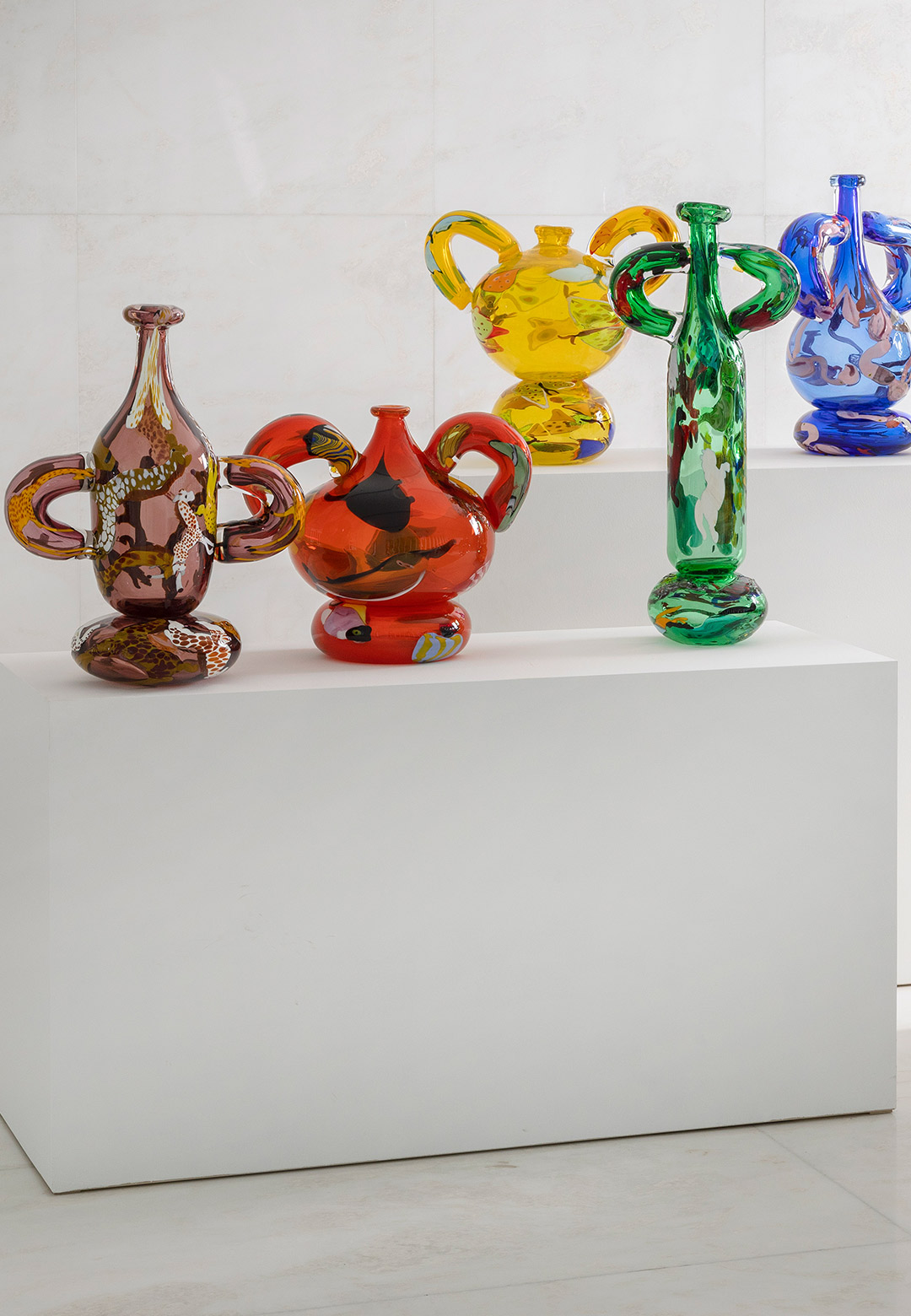
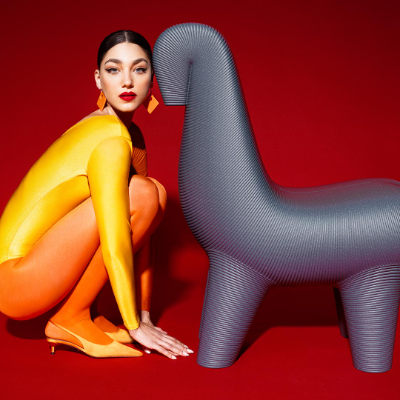
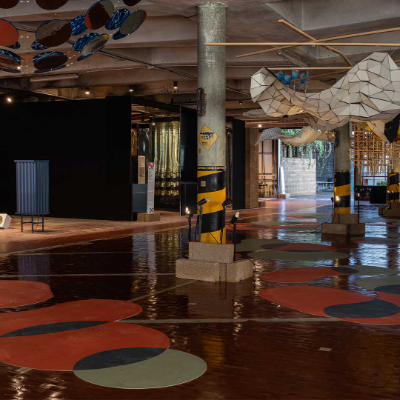
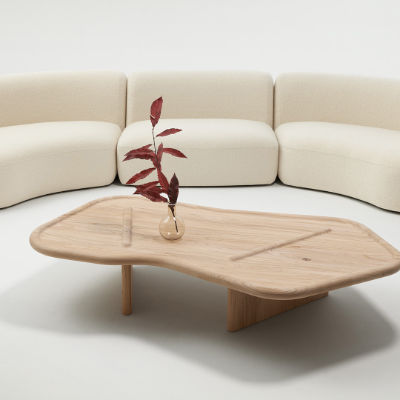
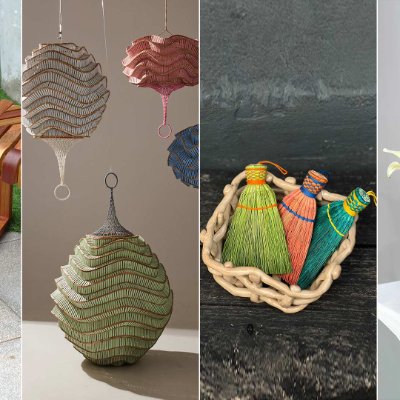
What do you think?